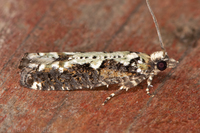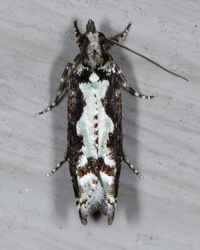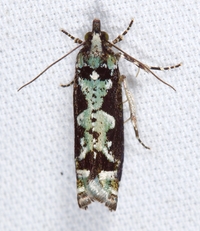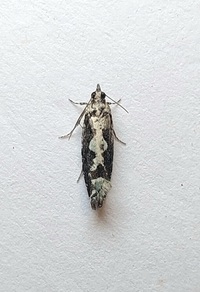 | Recorded by: Mark Basinger on 2025-03-28
Brunswick Co.
Comment: | 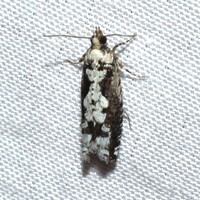 | Recorded by: Jeff Niznik, David George, Rich Teper on 2025-03-28
Chatham Co.
Comment: |
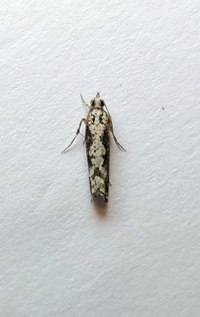 | Recorded by: Mark Basinger on 2025-03-27
Brunswick Co.
Comment: | 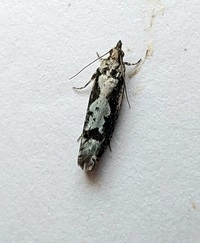 | Recorded by: Mark Basinger on 2025-03-23
Brunswick Co.
Comment: |
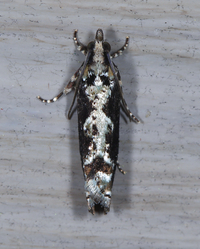 | Recorded by: Jim Petranka on 2025-03-23
Madison Co.
Comment: | 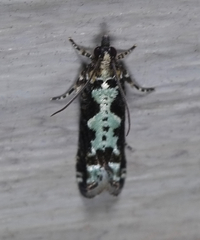 | Recorded by: Jim Petranka on 2025-03-19
Madison Co.
Comment: |
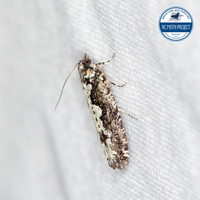 | Recorded by: Lior S. Carlson, Dean Furbish on 2025-03-19
Orange Co.
Comment: | 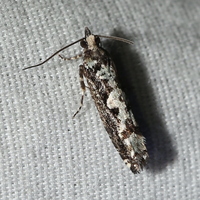 | Recorded by: David George, Steve Hall on 2025-03-15
Chatham Co.
Comment: |
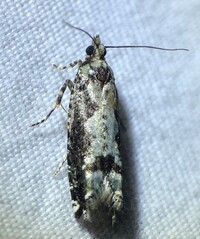 | Recorded by: Dean Furbish, Lior S. Carlson on 2025-03-12
Orange Co.
Comment: |  | Recorded by: Dean Furbish, Lior S. Carlson on 2025-03-12
Orange Co.
Comment: |
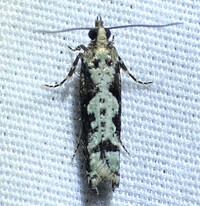 | Recorded by: Dean Furbish, Lior S. Carlson on 2025-03-11
Orange Co.
Comment: | 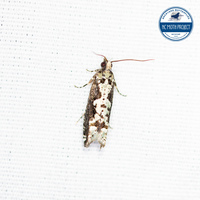 | Recorded by: Dean Furbish, Lior S. Carlson on 2025-03-11
Orange Co.
Comment: |
 | Recorded by: Dean Furbish, Lior S. Carlson on 2025-02-26
Orange Co.
Comment: | 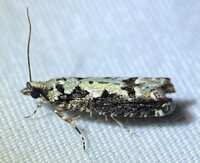 | Recorded by: Dean Furbish, Lior S. Carlson on 2025-02-26
Orange Co.
Comment: |
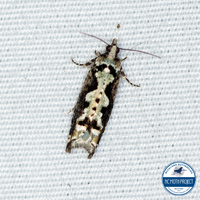 | Recorded by: Dean Furbish, Lior S. Carlson on 2025-02-26
Orange Co.
Comment: |  | Recorded by: Lior S. Carlson, Dean Furbish on 2025-02-25
Orange Co.
Comment: |
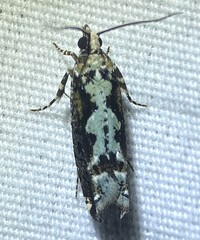 | Recorded by: Lior S. Carlson, Dean Furbish on 2025-02-25
Orange Co.
Comment: | 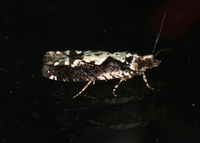 | Recorded by: Jim Petranka on 2024-04-01
Madison Co.
Comment: |
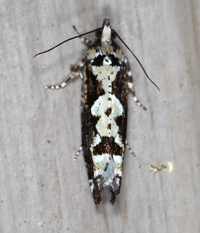 | Recorded by: Jim Petranka on 2024-03-30
Madison Co.
Comment: |  | Recorded by: Dean Furbish on 2024-03-21
Wake Co.
Comment: |
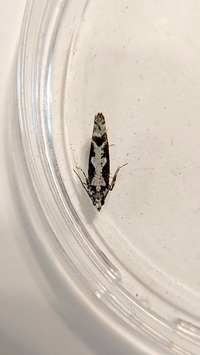 | Recorded by: Mark Basinger on 2024-03-10
Brunswick Co.
Comment: | 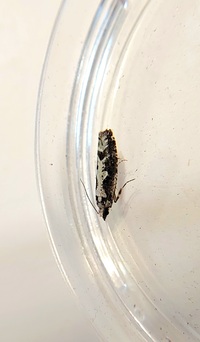 | Recorded by: Mark Basinger on 2024-03-10
Brunswick Co.
Comment: |
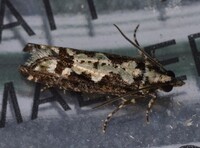 | Recorded by: Stephen Dunn on 2024-03-07
Orange Co.
Comment: | 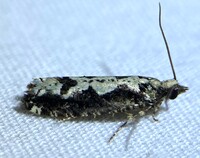 | Recorded by: Dean Furbish and Joy Wiggins on 2024-03-07
Wake Co.
Comment: |
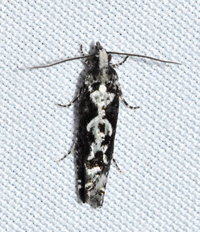 | Recorded by: Emily Stanley on 2024-03-05
Buncombe Co.
Comment: | 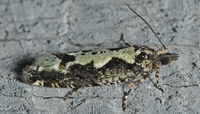 | Recorded by: Chuck Smith on 2024-03-05
Davidson Co.
Comment: |
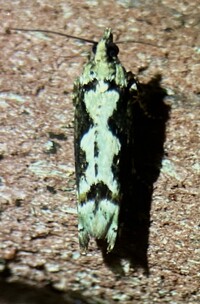 | Recorded by: Dean Furbish and Joy Wiggins on 2024-03-05
Wake Co.
Comment: | 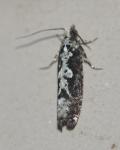 | Recorded by: K. Bischof on 2024-03-04
Transylvania Co.
Comment: |
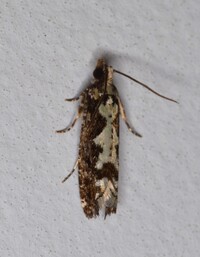 | Recorded by: Jeff Niznik, Stephen Dunn on 2024-03-03
Orange Co.
Comment: | 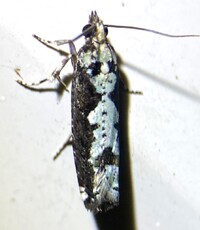 | Recorded by: Dean Furbish and Joy Wiggins on 2024-03-03
Wake Co.
Comment: |
|

 »
»